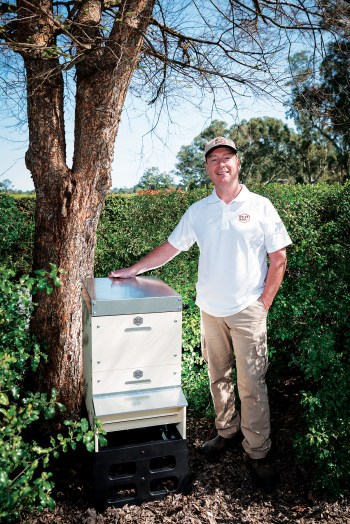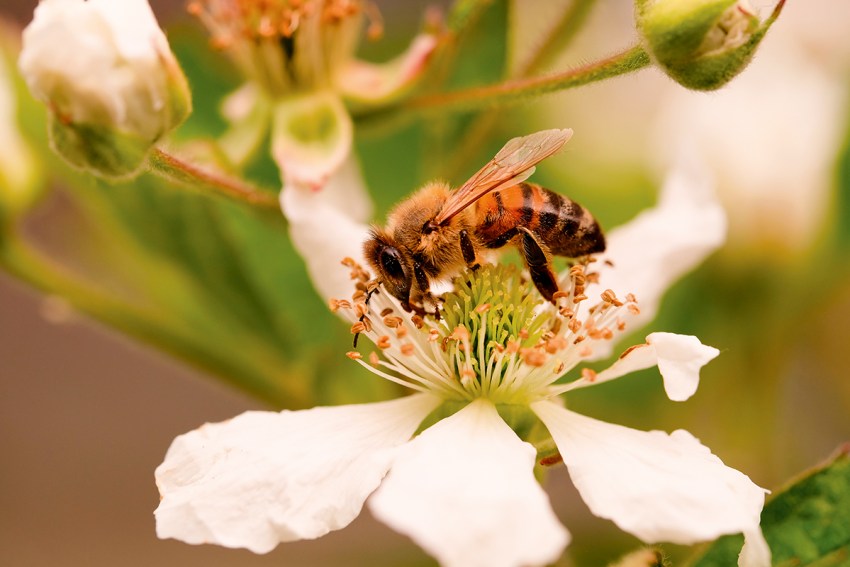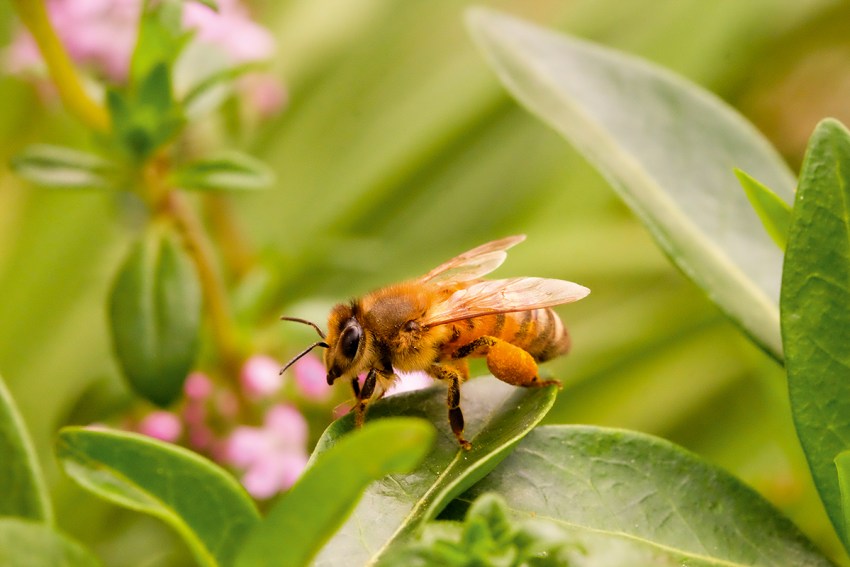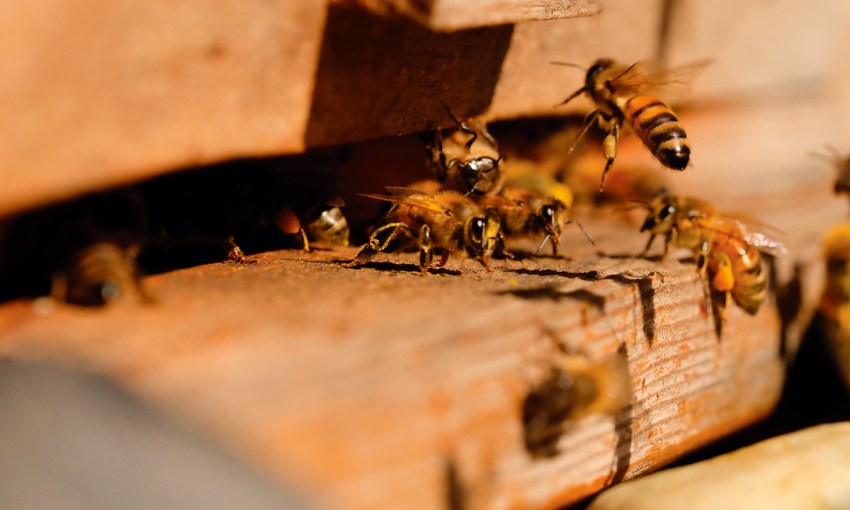Recognising the humble honey bee’s mighty ecological impact, urban apiaries are springing up in suburbs, towns, and even on city rooftops.
Honey, I’m home: Backyard beekeeping

Beekeeping is a rewarding hobby, but if you’re not careful, as passionate Birdwood apiarist Phil Cornell advises, you might find yourself turning into a bit of a “bee bore”.
“If someone asks you about bees you can talk about them for hours because they’re such a fascinating hobby,” says Phil, who became an amateur beekeeper about three years ago.
“There is something magical about getting your own honey, but I think the real essence is the environmental benefits that the bees provide. My philosophy is about the satisfaction of having a thriving bee colony in your care,” he says.
Phil says the more hives there are in backyards, the better it is for the local environment. Although there’s plenty to learn, the business of keeping bees is quite straightforward.
“It’s very satisfying on many levels. Just watching the bees coming and going is very pleasing. You suddenly become much more aware of the plants in your garden,” Phil says.
When he first became a hobby beekeeper, Phil discovered that equipment came mostly from China, or could be difficult to assemble. So, being a designer by trade, he created a beehive business called Next Hive, manufacturing easy-to-assemble beehives, made in Adelaide, that make it simple for new amateur beekeepers to set up their own colonies.
Phil says spring is the perfect time to start planning your backyard colony. The first and most important decision is to work out where to place your hive. As soon as you introduce your bees, they will map out their homing location.

The ideal place is on the on the eastern side of a deciduous tree, providing shade in summer and dappled light in winter. Worker bees will come zipping out like bullets on their hunt for nectar and pollen, so they need clear airspace without any obstacles.
Bees are a type of livestock and you must register your hive with PIRSA, with no cost for up to four hives. You can also join a club, such as the Beekeepers’ Society of South Australia, or the South Australian Apiarists’ Association.
To get started you’ll need a honey “super”: the box which houses the frames on which the bees build honeycomb and store nectar. You’ll also need a nucleus colony from a breeder. These contain frames that are already populated a laying queen, eggs and larvae at different stages, as well as a heap of worker bees. Nucleus colonies will become available from about late October.
“As a beekeeper your first challenge is to get your bees bedded in and breeding to establish a nice strong colony that will get through winter when things quieten off,” Phil says.

Once your bees are in their new home, zipping out to collect nectar and pollen, you can sit back and watch them do most of the hard work. “The temptation for a new beekeeper is to open up the hive and keep checking it regularly, which is actually the worst thing you can do,” Phil says.
“You can leave them to their own devices.”
The hive maintains a temperature of 35 degrees year-round, and also has a unique scent that helps the bees navigate back to their home.
If you have the space, Phil recommends establishing two beehives. This will allow you to compare the health of each hive and more easily determine if one colony has any problems.
There are two main challenges of beekeeping. One is if the colony becomes too large for the beehive and begins to swarm, and the other is not having enough honey reserves for the bees to survive winter. Joining a club is a great way to get advice about any problems along the way.
Phil says beekeeping can do wonders for your own state of mind. “You’re very relaxed when you tend to your bees. It’s well-documented that you should never tend to the hive when you’re not in a good frame of mind, or you’re in a rush. It’s just a fantastic hobby that brings a lot of satisfaction.”
This story first appeared in the Spring 2020 issue of SALIFE Gardens & Outdoor Living magazine.



